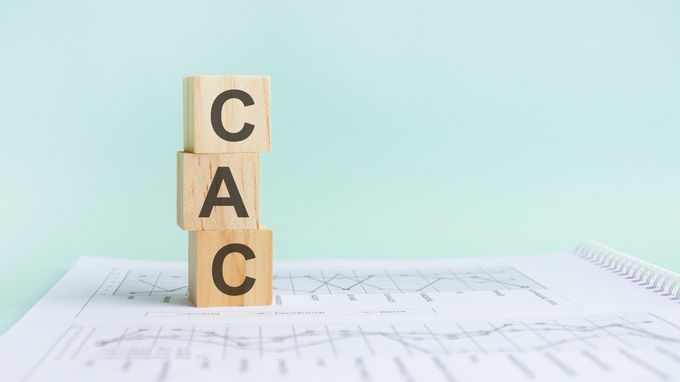Customer Acquisition Cost in E-Commerce: How to Find Yours
Updated May 5, 2023

Every business needs customers to survive and grow. Customer acquisition costs (CAC), or what it takes to acquire a customer, can vary greatly depending on the type of industry and size of your business. For example, a small business looking to acquire new customers might incur low customer acquisition costs, such as one-time advertising costs. Conversely, a larger company with more established brands might have higher customer acquisition costs, such as annual marketing budgets.
Here, we'll provide an easy-to-understand customer acquisition cost definition, detail how to figure out customer acquisition cost, and define what makes a good CAC.
What Is Customer Acquisition?
The process of customer acquisition is best understood as the procedures, strategies, and tactics used to generate new customers. This encompasses all activities undertaken by a company or product to generate interest in its products and services. The CAC includes advertising, sales promotions, direct marketing, and advertising agency expenses.
What Does Customer Acquisition Cost Mean?
A company's customer acquisition costs will include any expenses incurred to generate a new customer, including advertising, sales promotions, direct marketing, and advertising agency expenses.
Customer acquisition costs are important because they reflect the cost of generating revenue from a new customer. For example, if the revenue generated from a new customer outweighs the cost of acquiring them, a business' marketing and other outreach costs are worth the time and money.
Conversely, suppose the cost of acquiring a new customer outweighs the revenue generated. In that case, it's either time to shake up the strategies a business uses to generate new leads or, perhaps, it's time the business concentrated more of its efforts and resources on customer retention by pleasing their existing customers.
How to Calculate Customer Acquisition Costs
In order to determine customer acquisition costs, an entrepreneur can use the following formula:
CAC = [Total cost of acquiring a customer + total sales expenses] / [the number of new customers acquired]
While the above formula is a great starting place, it's important to understand that a few key factors can influence these values. One of the main factors is customer lifetime value (CLV). The customer lifetime value (CLV) is the worth of a customer over the time they are with the company. The CLV would influence customer acquisition costs because the longer an organization can get a customer to do business with them, the cheaper it becomes to have acquired them in the first place.
Expenses that Contribute to Customer Acquisition Cost
There are various expenses that determine the average customer acquisition costs across all industries. These typical customer acquisition costs include:
- Advertising - Advertising costs are the expenses generated by promoting a product or service.
- Marketing - Marketing costs are the expenses that arise in the process of marketing products or services.
- Sales - Sales costs are the expenses incurred by the company to generate revenue.
- Training - Training costs are the total of all training personnel, equipment, materials, and facilities required to produce a trained staff member.
- Staff wages - Wage costs are the amount of money an employer spends to compensate employees for their work.
- Product shipping - Product shipping costs are the set of costs that go into sending an item to a customer.
- Taxes - Tax costs are the expenditures incurred by an organization to comply with the legal demands of taxation.
Average Customer Acquisition in E-Commerce
The average customer acquisition costs for e-commerce businesses vary between different niches and the size of an online store. Some of the larger guys, like Amazon and eBay, pay between $150 and $200 per customer.
For smaller online stores, however, this figure is generally closer to $20 per customer.
Basically, for a small to midsize business, you'll want to aim to keep your expenditure-to-revenue ratio around 1:3. To stay sustainable as a business, this means that for every dollar spent, your business needs to earn about $3 back.
Customers and Their Costs
Customer acquisition costs are always contextual, meaning that they are dependent on a variety of different variables and factors that will influence the overall costs to a business of acquiring new customers. Keep this in mind when managing your marketing and outreach costs. If it costs your business too much to acquire customers, this will soon become an unsustainable business model that is likely to fail.
If your acquisition costs are high, it might be time to really knuckle down, direct your efforts elsewhere, and focus on fostering the relationships you have with your existing customers. After all, turning a one-time customer into a lifetime customer is not only much more cost-effective but also time-saving.








